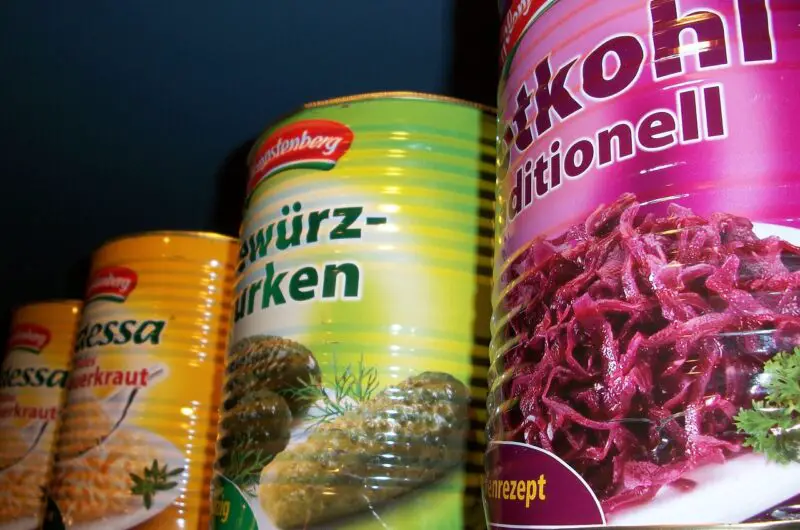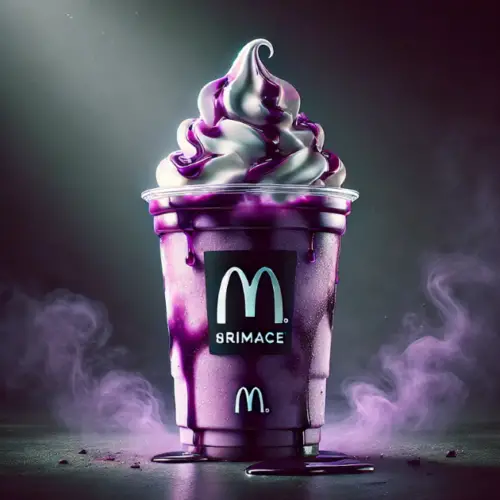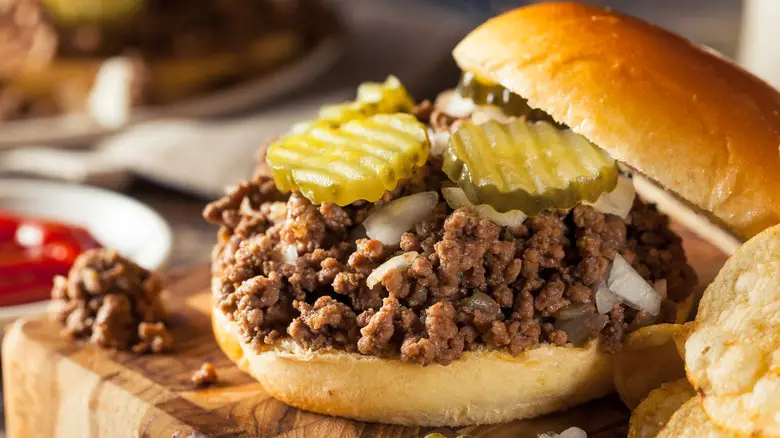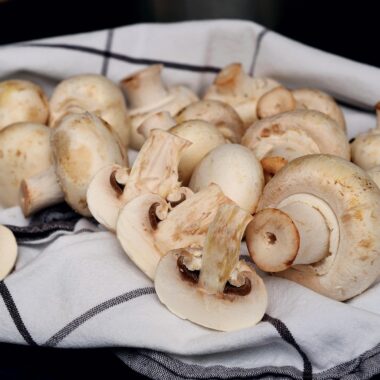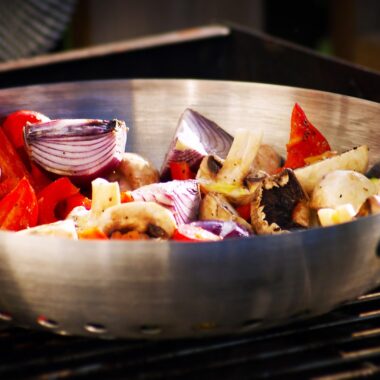Processed foods are a staple in modern diets, found in nearly every kitchen, grocery store, and restaurant. But what exactly qualifies as a processed food, and why does it matter? This article explores the definition of processed food, provides a wide range of examples, and examines the implications of their consumption. By understanding the spectrum of processed foods—from minimally processed to ultra-processed—we can make informed choices about what we eat.
Defining Processed Food
Processed food refers to any food that has been altered from its natural state through methods such as cooking, freezing, canning, drying, or adding ingredients like preservatives, flavorings, or sweeteners. The degree of processing varies widely, ranging from minimal changes (like washing or freezing vegetables) to extensive transformations that create entirely new products (like sugary cereals or instant noodles). The NOVA classification system, widely used by nutritionists, categorizes foods into four groups based on the extent and purpose of processing:
- Unprocessed or Minimally Processed Foods: These are natural foods altered by simple processes like cleaning, freezing, or grinding (e.g., fresh fruits, frozen vegetables, or ground coffee).
- Processed Culinary Ingredients: Ingredients like oils, butter, or sugar, used in cooking to enhance flavor.
- Processed Foods: Foods made by combining unprocessed foods with culinary ingredients, often with added preservatives or salt (e.g., canned vegetables or smoked meats).
- Ultra-Processed Foods: Highly processed products with multiple ingredients, including artificial additives, designed for convenience and long shelf life (e.g., sodas, packaged snacks, or ready-to-eat meals).
Understanding these categories helps us identify processed foods in our diets and assess their nutritional impact. Below, we dive into specific examples across these categories, focusing primarily on processed and ultra-processed foods, as these are the most common in modern diets.
Examples of Processed Foods
Processed foods are typically made by combining minimally processed ingredients with culinary ingredients like salt, sugar, or oil, often with preservatives to extend shelf life. These foods are altered to enhance flavor, texture, or convenience but retain some resemblance to their original ingredients. Here are common examples:
1. Canned Foods
Canned foods are a classic example of processed foods, preserved through heat treatment and sealed in airtight containers. Examples include:
- Canned Vegetables: Corn, green beans, peas, or tomatoes, often packed in water, brine, or syrup.
- Canned Fruits: Peaches, pineapples, or pears, typically preserved in juice or light syrup.
- Canned Fish: Tuna, sardines, or salmon, often packed in oil or water with added salt.
- Canned Soups and Broths: Chicken noodle soup, tomato soup, or vegetable broth, often with added sodium or flavor enhancers.
Canning preserves nutrients but can add sodium or sugar, depending on the product. For example, canned tomatoes may contain added salt or citric acid to maintain flavor and freshness.
2. Preserved Meats
Meats that are smoked, cured, or salted fall into the processed food category. These include:
- Bacon: Cured pork belly, often smoked and salted.
- Sausages: Ground meat mixed with spices, salt, and sometimes preservatives, like breakfast sausages or hot dogs.
- Deli Meats: Sliced ham, turkey, or roast beef, often containing sodium nitrate for preservation.
- Smoked Fish: Smoked salmon or mackerel, typically salted or brined.
These meats are convenient and flavorful but often high in sodium and preservatives, which can pose health risks if consumed in excess.
3. Dairy Products
Many dairy products undergo processing to extend shelf life or enhance texture. Examples include:
- Cheese: Cheddar, mozzarella, or processed cheese slices, made by curdling milk and adding salt or cultures.
- Yogurt: Plain or flavored yogurt, often with added sugar or stabilizers.
- Butter and Margarine: Churned cream or vegetable oil blends, sometimes with added salt or emulsifiers.
- Pasteurized Milk: Heat-treated to kill bacteria, sometimes fortified with vitamins.
While some dairy products, like plain yogurt, can be minimally processed, flavored varieties often contain added sugars or artificial flavors, pushing them closer to ultra-processed territory.
4. Baked Goods
Baked goods made with refined flour, sugar, or fats are considered processed foods. Examples include:
- Bread: White or whole-grain bread, often with added preservatives or dough conditioners.
- Crackers: Saltines or wheat crackers, typically made with refined flour and salt.
- Pastries: Croissants or muffins, often containing sugar, butter, or oils.
- Tortillas: Corn or flour tortillas, sometimes with added stabilizers.
Commercially produced baked goods often include additives to improve shelf life or texture, distinguishing them from homemade versions.
5. Frozen Foods
Freezing is a common processing method that preserves food while maintaining most nutrients. Examples include:
- Frozen Vegetables: Broccoli, spinach, or mixed vegetables, often blanched before freezing.
- Frozen Fruits: Berries, mango chunks, or peaches, sometimes with added sugar.
- Frozen Pizza Bases: Pre-made crusts with sauce or toppings.
- Frozen Meat Products: Breaded chicken nuggets or fish sticks, often with added salt or coatings.
While frozen fruits and vegetables are minimally processed, products like frozen pizza bases or breaded meats often include additional ingredients, making them more processed.
Examples of Ultra-Processed Foods
Ultra-processed foods are the most heavily altered, often containing multiple ingredients like artificial flavors, colors, emulsifiers, or sweeteners. These foods are designed for convenience, long shelf life, and palatability but are often nutrient-poor and high in calories, sugar, or unhealthy fats. Here are common examples:
1. Snack Foods
Snack foods are a hallmark of ultra-processed products, engineered for taste and convenience. Examples include:
- Potato Chips: Fried or baked potato slices with added salt, oils, and artificial flavors (e.g., barbecue or sour cream).
- Corn Chips: Tortilla chips or cheese puffs, often with artificial cheese flavoring or MSG.
- Pretzels: Baked snacks with added salt or flavor coatings.
- Popcorn: Microwave popcorn with artificial butter flavor or sweet coatings.
These snacks are high in sodium, unhealthy fats, and additives, contributing to their addictive taste but low nutritional value.
2. Sugary Beverages
Beverages with added sugars or artificial sweeteners are ultra-processed and widely consumed. Examples include:
- Sodas: Cola, lemon-lime, or fruit-flavored sodas with high-fructose corn syrup or artificial sweeteners.
- Energy Drinks: Drinks with caffeine, taurine, and synthetic flavors.
- Fruit-Flavored Drinks: Beverages labeled as “fruit punch” or “juice drink” with little actual fruit content.
- Sweetened Iced Teas: Bottled teas with added sugar or artificial flavors.
These drinks are high in empty calories and contribute to health issues like obesity and diabetes when consumed regularly.
3. Ready-to-Eat Meals
Convenience meals are heavily processed to ensure long shelf life and quick preparation. Examples include:
- Instant Noodles: Ramen or cup noodles with flavor packets containing MSG and artificial flavors.
- Microwave Dinners: Frozen or shelf-stable meals like lasagna, macaroni and cheese, or chicken Alfredo.
- Canned Pasta: Spaghetti in tomato sauce or ravioli, often with added preservatives.
- Pre-Packaged Sandwiches: Gas station or convenience store sandwiches with processed meats and sauces.
These meals are convenient but often high in sodium, unhealthy fats, and additives, with minimal fresh ingredients.
4. Breakfast Cereals
Many breakfast cereals are ultra-processed, designed to be sweet and appealing. Examples include:
- Sugary Cereals: Frosted flakes, fruit loops, or chocolate puffs with high sugar content.
- Granola Bars: Bars with added sugars, syrups, or chocolate coatings.
- Instant Oatmeal: Flavored packets with artificial flavors and sweeteners.
- Cereal Bars: Snack bars with processed grains and candy-like coatings.
Even cereals marketed as “healthy” often contain added sugars or artificial ingredients, reducing their nutritional value.
5. Confectionery and Desserts
Sweets and desserts are typically ultra-processed, packed with sugar and additives. Examples include:
- Candy: Gummy bears, chocolate bars, or hard candies with artificial colors and flavors.
- Cookies: Packaged chocolate chip or sandwich cookies with emulsifiers and preservatives.
- Ice Cream: Mass-produced ice cream with artificial flavors, stabilizers, or high-fructose corn syrup.
- Packaged Cakes: Twinkies, cupcakes, or snack cakes with long ingredient lists.
These products are designed for indulgence but are often low in nutrients and high in calories.
6. Fast Food and Restaurant Items
Many fast food items are ultra-processed, combining multiple processed ingredients. Examples include:
- Burgers: Fast food burgers with processed buns, patties, and sauces.
- French Fries: Frozen fries fried in processed oils with added salt.
- Chicken Nuggets: Breaded nuggets with fillers and flavor enhancers.
- Milkshakes: Blended drinks with artificial flavors and stabilizers.
Fast food is engineered for taste and convenience, often at the expense of nutritional quality.
Why Processed Foods Matter
The prevalence of processed and ultra-processed foods in modern diets has significant health implications. While minimally processed foods like frozen vegetables or canned beans can be nutritious, ultra-processed foods are often linked to health issues like obesity, heart disease, and type 2 diabetes. This is due to their high content of added sugars, unhealthy fats, sodium, and artificial additives, which can disrupt metabolism and promote overeating.
However, not all processed foods are inherently unhealthy. Canned vegetables, for example, can be a convenient way to include nutrient-rich foods in your diet, especially if rinsed to reduce sodium. The key is moderation and balance—prioritizing whole, minimally processed foods while limiting ultra-processed products.
How to Identify Processed Foods
To spot processed foods, check the ingredient list and nutrition facts on packaging. Red flags for ultra-processed foods include:
- Long ingredient lists with unrecognizable additives (e.g., maltodextrin, sodium benzoate, or artificial colors).
- High levels of added sugars, sodium, or trans fats.
- Terms like “flavored,” “instant,” or “ready-to-eat” on the label.
Opting for products with shorter, simpler ingredient lists and choosing minimally processed options can help maintain a balanced diet.
Conclusion
Processed foods span a wide range, from minimally processed frozen fruits to ultra-processed sodas and snack cakes.
Examples like canned vegetables, deli meats, and cheese fall into the processed category, while potato chips, instant noodles, and sugary cereals are ultra-processed. Understanding these distinctions empowers consumers to make healthier choices, balancing convenience with nutrition. By prioritizing whole and minimally processed foods and limiting ultra-processed products, we can enjoy the benefits of modern food technology while supporting long-term health.
